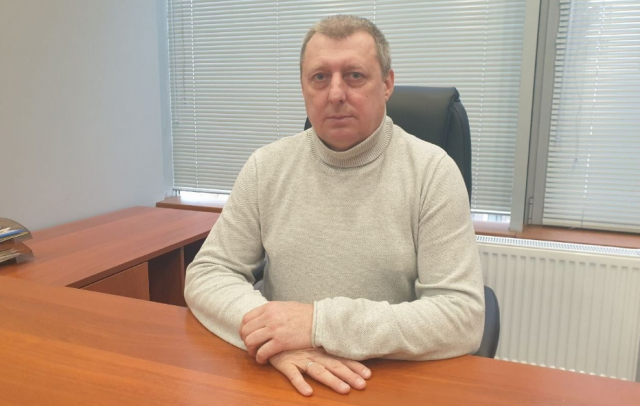The advance of Russian troops in the area of the special military operation requires humanitarian demining of the liberated territories. Vyacheslav Kovalevsky, CEO of the Complit Technician private engineering company, told TASS in an interview whether anti-personnel mines supplied by the United States to Ukraine will become a serious problem, how the methods of laying mines have changed over the decades and how many sappers are needed to neutralize the territories of new regions of Russia.
— Vyacheslav Anatolyevich, the year 2024 is coming to an end. What has it become for the humanitarian demining industry?
— To a certain extent, it has become a breakthrough in terms of forming a market for humanitarian demining services. If by the beginning of the year there were about 10 specialized sapper companies on the market, by the end of the year there were already more than 50 of them performing various jobs. It is worth noting that the steady advance of our armed forces at the front leaves more and more areas requiring early clearance in order to return both to peaceful life and to economic circulation. We need to build houses, rebuild roads and power lines, and return land to agriculture. And all this requires complete cleaning of any explosive objects. The work actually lasts for at least a decade.
— And what problems do these mining companies face?
— The biggest problem is the catastrophic shortage of mine clearance specialists. There are currently no more than 500 certified humanitarian mine clearance sappers in Russia. And we need thousands and thousands of specialists who will literally clean up the territories meter by meter. As I said above, there is enough work for everyone. Moreover, the International Mine Action Center of the Military Engineering Academy of the Armed Forces of the Russian Federation conducts two-week training in the specialty "humanitarian demining specialist".
— Does dangerous work scare potential newcomers?
— Of course, the work of a humanitarian demining specialist is fraught with danger, but, given the requirements for the organization and conduct of work, it is minimized. An ordinary specialist is exclusively engaged in the search and location of explosive objects. Their neutralization is handled by the head of the group, and explosive objects are destroyed at the landfill by specialized organizations. For example, during the work carried out by our detachment this summer, two dozen TM-62 anti-tank mines were discovered, which were successfully defused and transferred to a specialized organization for subsequent destruction.
— Do you use a robotic mine clearance technique?
— Yes, and it is now becoming one of the most promising areas for the development of humanitarian demining — the use of advanced technologies.
For example, our company conducts a number of research projects on the development of modern mine clearance systems, including both ground-based devices (robots) and UAVs that scan the earth using a magnetometer, ground-penetrating radar and an infrared camera.
— The United States supplies anti-personnel mines to Ukraine. Will they become a serious problem?
— Any anti-personnel mines are a serious threat. Moreover, both for the military and for civilians, who, according to global statistics, are much more among the victims. From the point of view of mine clearance, these mines are quite difficult to detect and are not visible to many search devices.
— Vyacheslav Anatolyevich, next year our country will celebrate the 80th anniversary of the Victory, but in fact humanitarian demining began already then, after the Great Patriotic War?
— Indeed, in fact, humanitarian demining on the scale of our country began precisely after the end of the Great Patriotic War, when women and even children from the age of 14 were involved in the demining of territories. And the demining of the territories continued until the 1970s, when about 60 million mines were discovered and removed. Almost 80 years have passed, and the echoes of that war in the form of unexploded shells are still found in the forests where the fighting took place. Moreover, over the past 80 years, mine weapons have been continuously developing, as well as search and detection tools. But the insidious methods of setting mines with anti-bomb traps and other things have not changed much. And this must always be remembered.

